We will have a brief look at Hand Planes, the basic anatomy of a typical handplane, different classes of handplanes and finally, popular types of handplanes.
An Overview of Hand Planes
Handplane is an essential woodworking tools that rewards us with satisfyingly smooth surfaces. It is nothing but a chisel that is wedged in a solid body (made up of wood or metal) and is primarily used for truing edges and smoothing/flattening surfaces. The history of handplanes is very long, some experts say it is more than 2,000 years old. But the working principle of planes hasn’t changed over the years. In fact, the design of a relatively modern hand plane dates back to early 1700’s. We will take a detailed look at the different parts of a hand plane but for the time being, it consists of a flat sole with a slot across it. This slot houses the sharp edge of an angled blade (hence the comparison to a chisel) that shaves small layers of wood as you slide it across a piece of wood. Two handles at front and back of the plane help you easily hold the plane to slide it along the length of the wood. There are several types of hand planes for various jobs. Some of them are: Bench Planes, Block Planes, Jack Planes, Jointer Planes, Smoothing Planes etc. Hand Planes are hard to master. There are also issues with tuning the planes, sharpening the blade and other adjustments. A badly setup plane with a dull blade installed at a bad bevel can ruin your work. Hence, many furniture makers avoid hand planes altogether. But working with a well-tuned hand plane is an extremely satisfying tool to use and it can produce very smooth surfaces.
Anatomy of Hand Plane
Familiarizing ourselves with basic components and parts of any tool will help us in better understanding of how the tool works. The same applies to Hand Planes as well. We can divide planes into two body types:
Wooden Planes Cast Iron Planes
This classification is only based on the material of the plane’s body, which is mainly wood, metal (usually cast iron) or a combination of both. The following image shows all the parts of a wooden plane. Main body of plane is a one-piece wooden stock with a flat sole and cuts for throat, mouth and cheeks. There is also a bed for the sharp blade to slide in. The front and back parts are known as Toe and Heel respectively.
Coming to the cast iron plane, it is very similar to a wooden plane and the main difference is the one-piece cast iron body. There are a few design changes regarding how the blades fits to the rest of the body. Basically, there is a multi-adjustable frog that holds the blade.
The performance of a cast iron plane depends on how well the frog attaches to the main body and hold the blade.
Types of Hand Planes
If you go through a tool catalogue or website, you can find hundreds of different types of hand planes. We can consider hand planes as sophisticated and complex chisels, where the type and design of the tool determines the size, quality and speed of the shave. Here is a list of some popular types of hand planes. This list is no where complete as there so many more types but if you are new to hand planes, this list will definitely help you out.
Bench Plane Block Plane Smoothing Plane Shoulder Plane Router Plane Chisel Plane Rabbet Plane (Bench Rabbet Plane) Plow/Plough Plane Jointer Plane Rabbet Filister Plane Bullnose Plane Compass Plane Combination / Multi Plane Wooden Molding Plane
Let us now see about these planes one-by-one.
Bench Plane
When ever we speak of hand planes, it usually means a bench plane. They are one of the most popular and hardest to use planes out there. As the name suggests, we use them on workbenches. One important point here is that when we say bench planes, it actually represents a category and not a single tool. We can consider Bench Planes as general-purpose planes as we use them for sizing, smoothing, tapering, flattening and many other jobs.
Block Plane
One of the popular and frequently used hand tools by a woodworker is a Block Plane. In fact, a Low-Angle Block Plane is the first hand plane that many beginners purchase. Hand sanding the edges of the board becomes very easy with a block plane and you can quickly prepare your edges. The angle of the blade is either 20° for general tasks or low 12° for working in hardwood. Block plane helps you in tidying the surface with ease.
Smoothing Plane
After the joinery is cut, we need to smoothen it. This is where Smoothing Planes come handy. The main and only job of a smoothing plane is to plane a surface and make it perfectly smooth. There is no other hand plane that produces the shine, depth and clarity of a Smoothing Plane. Generally, smoothing planes are small, 7 to 10inches long. This small size has an advantage of smoothening an already flat surface which was done by a larger bench plane.
Shoulder Plane
As the name suggests, a Shoulder Plane is useful for trimming shoulders. You can use a backsaw to saw shoulders and cheeks of a mortise-tenon joint but you need a perfect saw that trim both the cheeks and the shoulder so that there are no gaps in the joint. A shoulder plane is traditionally made up of cast iron but sometimes gunmetal too. As most of the work for a shoulder plane is cross grain, the blade is at an angle of roughly 20°. The beauty of a shoulder plane is that it can cut the thinnest shaving in fitting a joint.
Router Plane
A Router Plane is a versatile tool that can clean the bottom of a recess, dadoes and also cuts mortises for hinges and inlays. Additionally, we can use a router plane to trim tenon cheeks. The modern motorized version of the router plane cut as well as fine tune grooves and recesses. The blade of a router plane is usually small and square and it projects below the sole. Most router planes have a cast iron body and two knobs (handles) to hold and control the plane. There is also a large throat to see the work and an adjustable cutter.
Chisel Plane
A Chisel Plane has an unusual design as it doesn’t have a sole in front of the blade. This design makes its slightly challenging to use the tool as there is no sole and it can get tricky to control the blade from diving. There aren’t many situations where we use chisel planes a lot but some catalogues mention chisel planes as the main tools for removing glue, trimming dovetails and plugs. We can also this tool to clean tight places.
Rabbet Plane (Bench Rabbet Plane)
One of main design aspects of any furniture are rabbets. You can fit cases and cabinets into rabbets, rabbet drawer bottoms to fit them in the grooves and fit door frames into their grooves by rabbeting them. A Rabbet Plane is an important tool in furniture/cabinet making as you can easily rabbet the sides i.e., cut a step/rabbet along the edge of the wood. In order to cut the sides, the blade of a rabbet plane extends outside the face and cheeks of the main plane body. This means that you can cut the sides of a wooden board that are as wide as the sole of the plane.
Plow/Plough Plane
An earliest form of combination planes is a Plow Plane (Plough Plane). They are grooving planes and with different sizes of blades you can plow grooves of a particular width. We can use Plough Planes to cut grooves for securing panels in a frame, holding drawer bottoms in the sides or roughing out a surface to refine it later (using a molding plane).
Dovetail Plane
The Dovetail Plane has the same attraction as a Plow Plane. This is a specialty tool for cutting sliding dovetails and also making accurate tapered cuts. There are very few manufacturers who have Dovetail Planes in their catalogue. Design of a dovetail plane is slightly different as it has a square fence and a beveled fence on the main body. It also has four cutters that help in cutting sliding dovetails.
Jointer Plane
The process of planning the edges of boards to make them square and straight is known as Jointing. A Jointer Plane is a tool that is specifically designed for this purpose i.e., prepare the edges of boards to glue or join them. A Jointer Plane is also known as a Long Plane as it is significantly longer than other planes (usually 22 to 36 inches long).
Rabbet Filister Plane
A slight modification of a regular Rabbet Plane makes it a Rabbet Filister Plane. This modification is an adjustable fence. The fence in combination with a depth gauge and side body spurs allows you to cut steps up to 1-1/2 inches wide and also 3/4 inch deep. Using a Rabbet Filister Plane is also very simple. Just secure the wood in a vice, adjust the fence to the width of the step. Use the depth guide to dig to the desired depth.
Bullnose Plane
A Bullnose or Bull-Nosed Plane is used for skimming and trimming. We can also use this tool to tidy up the job. The width of the blade/iron is same as that of the sole and you can easily trim rabbets and wide housings. There are several types of bullnose planes but the main difference between them is just with respect to the fine adjustments rather than functionality.
Compass Plane
If you want to produce curved work from your wood, then a Compass Plane id the right tool for this job. It is also known as a Circular Plane and its main job is to plane convex and concave curves. Earlier wooden compass planes are two separate tools, one each for concave and convex curves. Modern cast iron planes however come with an adjustable sole and as a result you can use a single tool for both the curves. Some popular projects are round-top table, curved cabinets, windowsills, arched door tops etc.
Combination / Multi Plane
A multipurpose plane or a combination plane, as the name suggests, can do more one task. The look and feel of a combination plane is completely different from a regular plane. Typical designs include a main handle, cutter clamp, depth gauge, two bar arms, middle section with a handle and a fence. The middle section contains a slot for interchangeable blades and you can choose between a number of blades depending on the job. It can act as a regular bench plane, a rabbet plane and even a molding plane with just a couple of adjustments.
Wooden Molding Plane
Molding of wood means carving 3D shapes and structures on the wood. To do this job, you can use a Molding Plane. They are usually available as wooden planes and a sad reality is that many manufacturers are not producing these planes any more. With the help of a molding plane, you can do furniture crafting, door molding and other fine detail works on a piece of wood.
Conclusion
Hand Planes are fascinating tools. You can use them for sizing and preparing stock, cutting and fitting joinery, smoothing, decoration, shaping and many other similar tasks. In this guide, we saw some basics of handplanes, anatomy of wood and iron cast planes and also different types of hand planes. Comment * Name * Email * Website
Δ



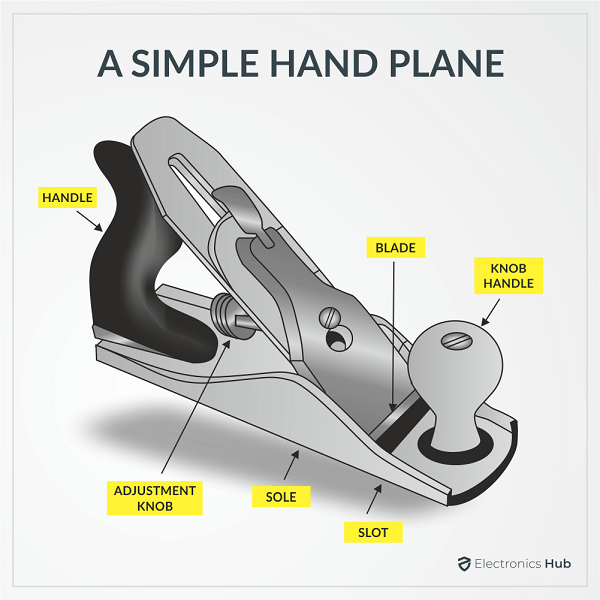
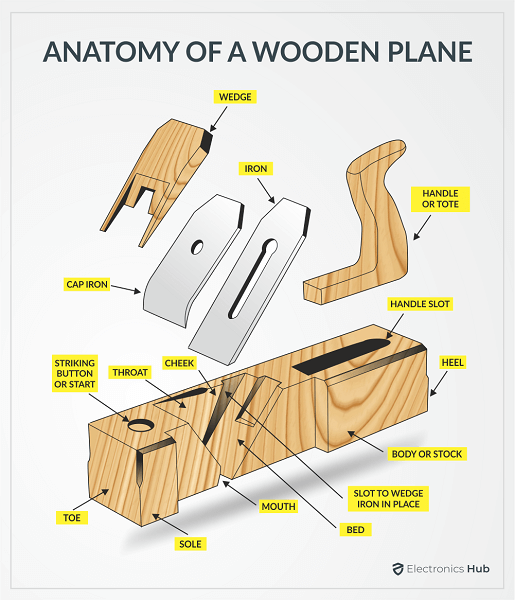
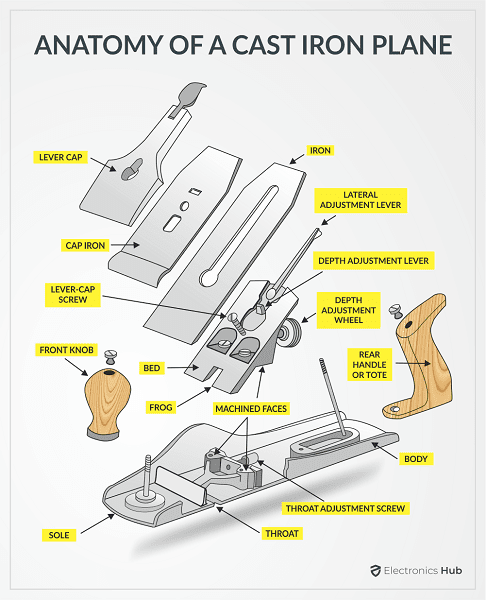
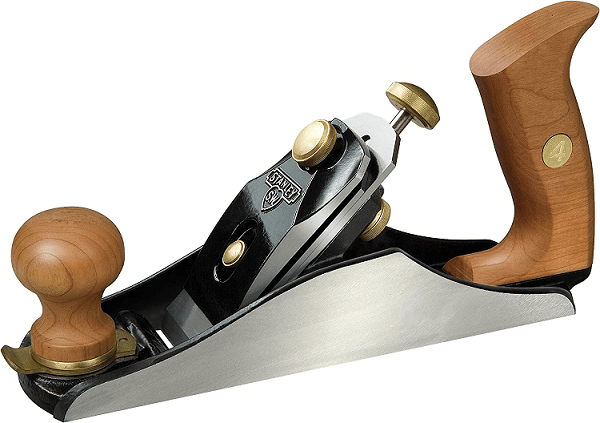
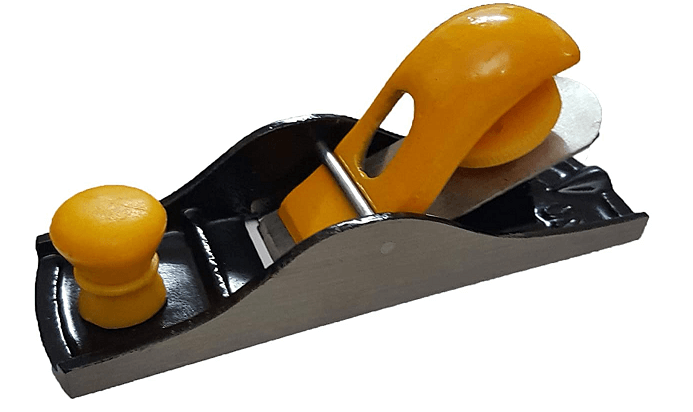
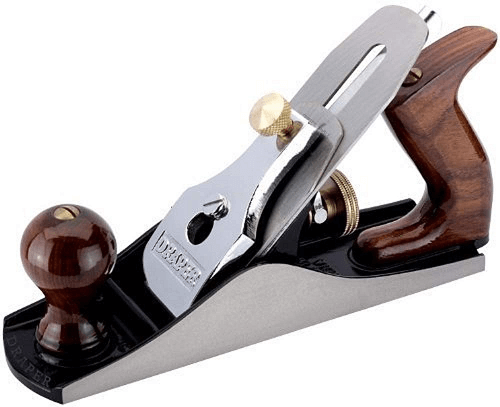
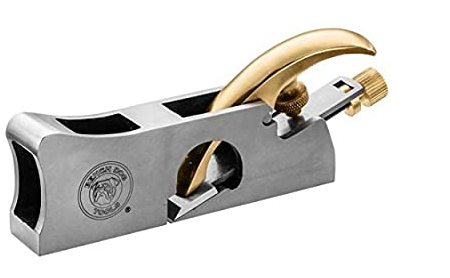
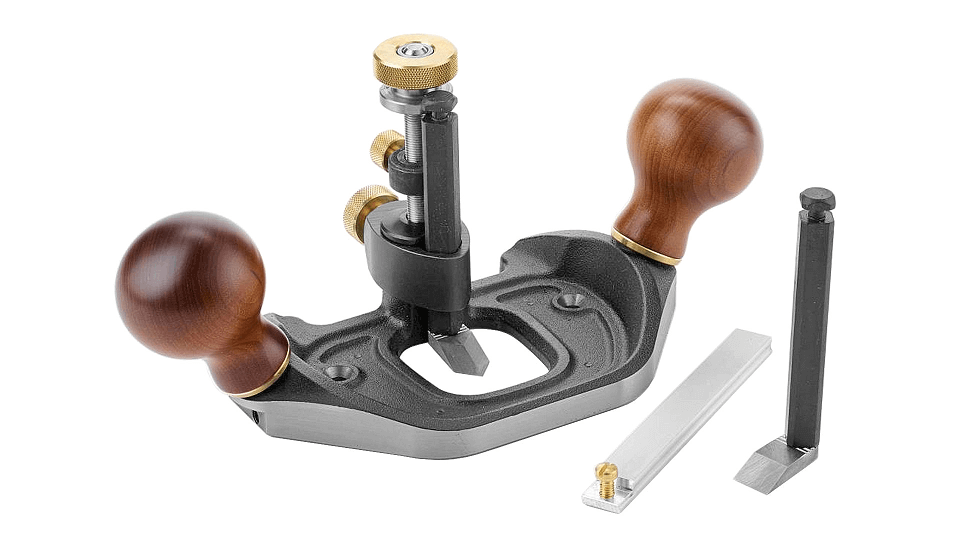


![]()